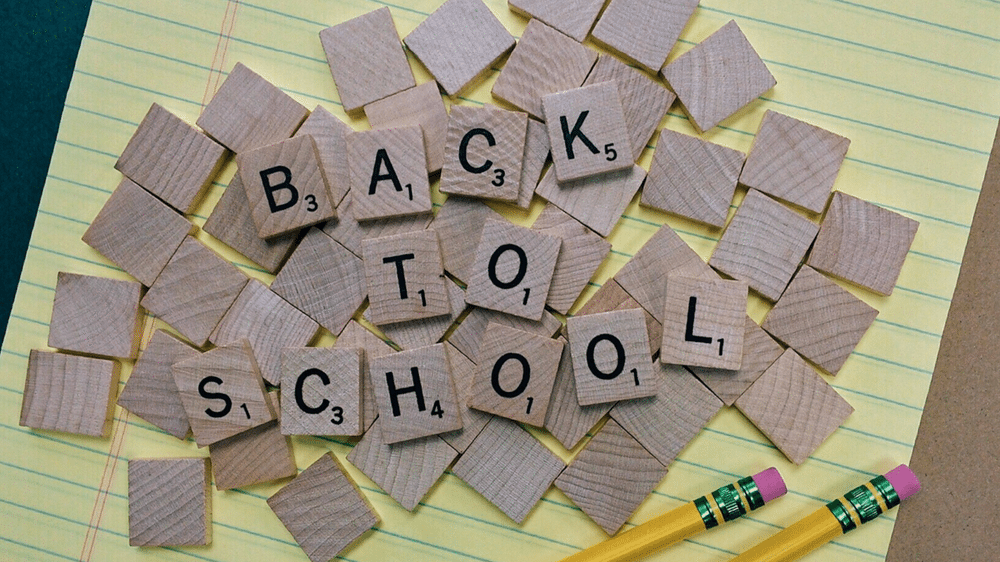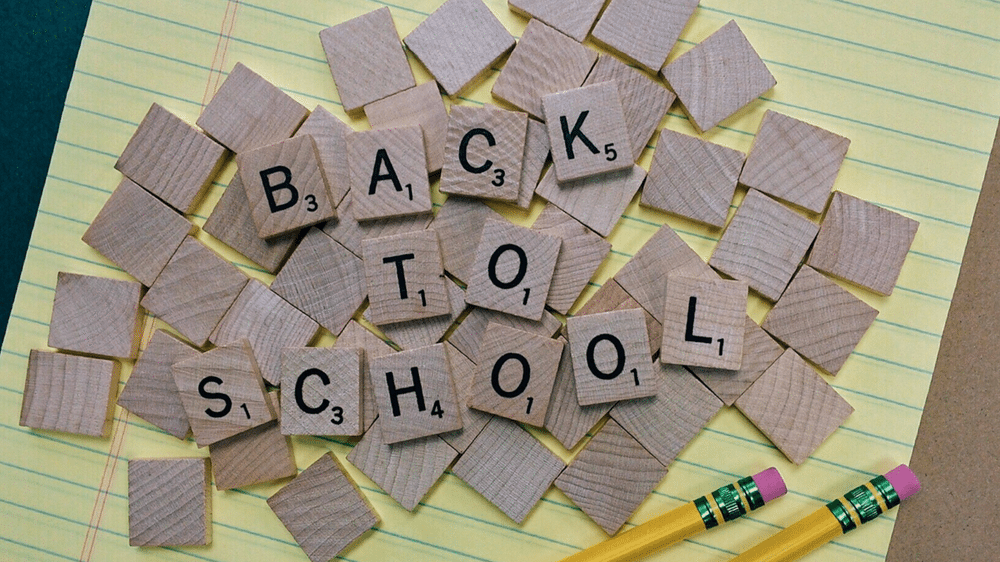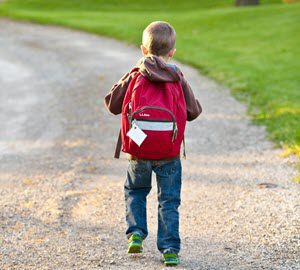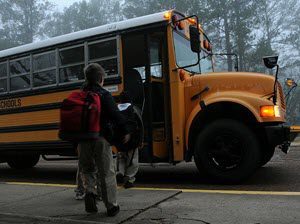
We meet with families every week who just received a diagnosis of autism for their child. We also work with parents of autistic children who are further along in their journey of raising their child. But no matter where you’re at, we see the need for new and helpful resources. So we’ve compiled this list of diverse books that can help parents at various stages with their kids. And three of the books feature authors who happen to have autism. How cool is that?!
Six Great Books for Parents of Autistic Children
10 Things Every Child With Autism Wishes You Knew by Ellen Notbohm
This award-winning book is often one of the first resources recommended to read after your child receives an autism diagnosis. As Ellen is the parent of a children with autism and ADHD, she understands. In the latest edition of this book, she expands upon topics of communication behavior issues, as well as social processing skills. This book helps readers understand the needs and the potential of every autistic child. It is available on Amazon in several formats.
Autism: How to raise a happy autistic child by Jessie Hewitson
Written by a personal finance writer for The Times and mother of an autistic son, this guide provides powerful information for anyone raising a child with autism. With many great reviews from parents and publications alike, it is unique in that it utilizes information and tips from various perspectives, such as other parents, autistic adults, professionals, and academics. This book is everything you need and more – especially if you’re a parent new to the world of raising an autistic child and aren’t sure where to start. The Kindle or Paperback copy can be found on Amazon.
Wrightslaw: From Emotions to Advocacy: The Special Education Survival Guide by Pam & Pete Wright
In addition to navigating your child’s autism diagnosis, you will also be entering the world of special education and IEP’s. But where do you start to learn in the ins-and-outs of special ed law? What do FAPE (Free and Appropriate Public Education) and LRE (Least Restrictive Environment) actually mean? This book, from the founders of Wrightslaw, will help empower you to enter meetings with your child’s school ready to advocate for what they need, as well as what they are legally entitled to.
Autistic Authors
The Reason I Jump by Naoki Higashida
Named one of the best books of the year by NPR, The Wall Street Journal and Bloomberg Business, The Reason I Jump is written by a thirteen-year-old boy with autism. Naoki shares with honesty his unique point of view on autism and life itself. As a result, the book provides an incredible lens into how an autistic mind thinks, feels, perceives and responds to the world around him. The Reason I Jump is available on Amazon.
Six-Word Lessons On Growing Up Autistic by Trevor Pacelli
Trevor is a young adult who was diagnosed with autism at the age of 5. He is aware that “growing up autistic” was challenging for himself and his family. For that reason he wrote a book to help others. Trevor provides 100 short, practical tips to help understand the autistic person in your life. He addresses 5 topics: sensitivity, loneliness, sudden changes, disciplining and not underestimating capabilities. You can learn more about Trevor through his website growingupautistic.com, as well as purchase his book from Amazon.
A Full Life with Autism: From Learning to Forming Relationships to Achieving Independence by Chantal Sicile-Kira and Jeremy Sicile-Kira
Parents of an autistic child often wonder: Will my child have friends? How will my child communicate? Will my child be able to work? And is living independently an option when they grow up? This book by a mother-son duo shares what it takes to raise your child and transition them to adulthood. Most noteworthy is the authors have lived this, as co-author Jeremy is on the autism spectrum. Copies are available from Amazon.
We hope you found this list of books helpful as you navigate raising your autistic child. If you have any other books you recommend, please let us know in the comments!
And here some more resources you may find helpful.






